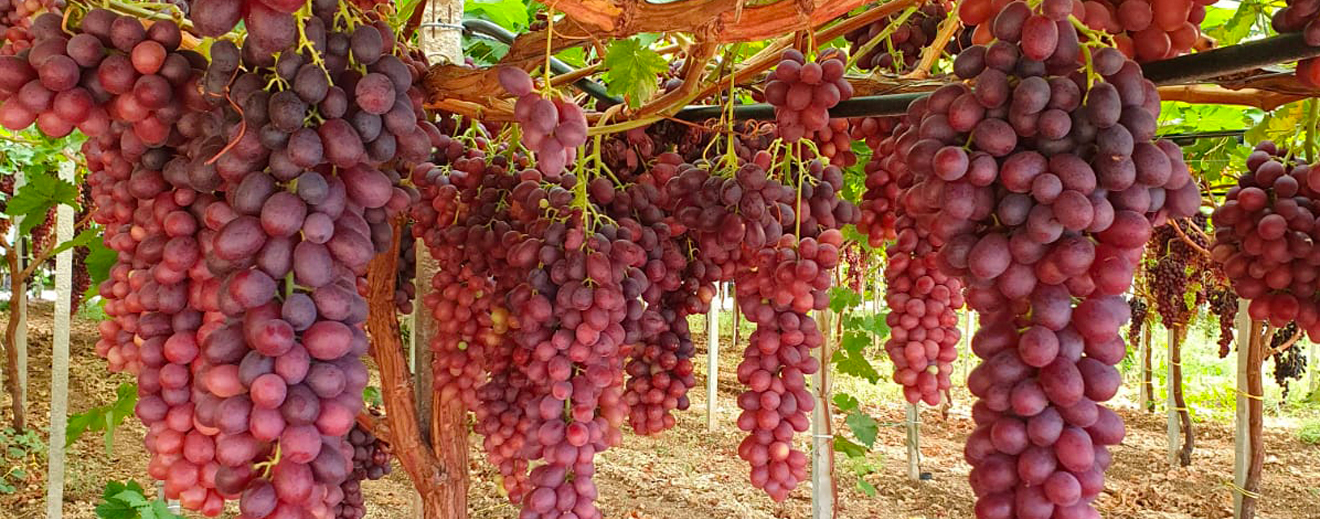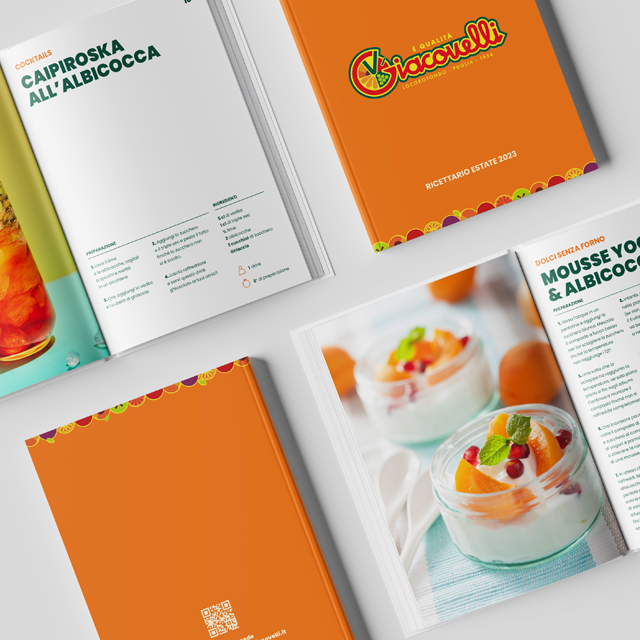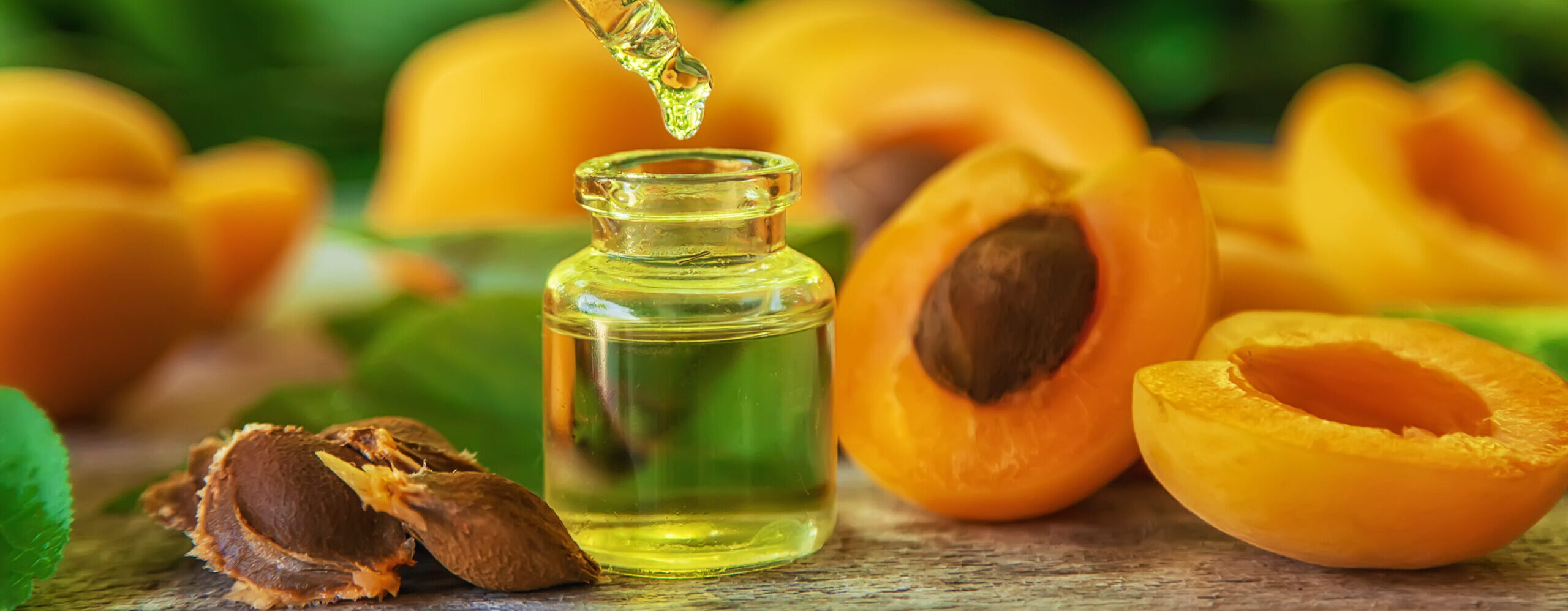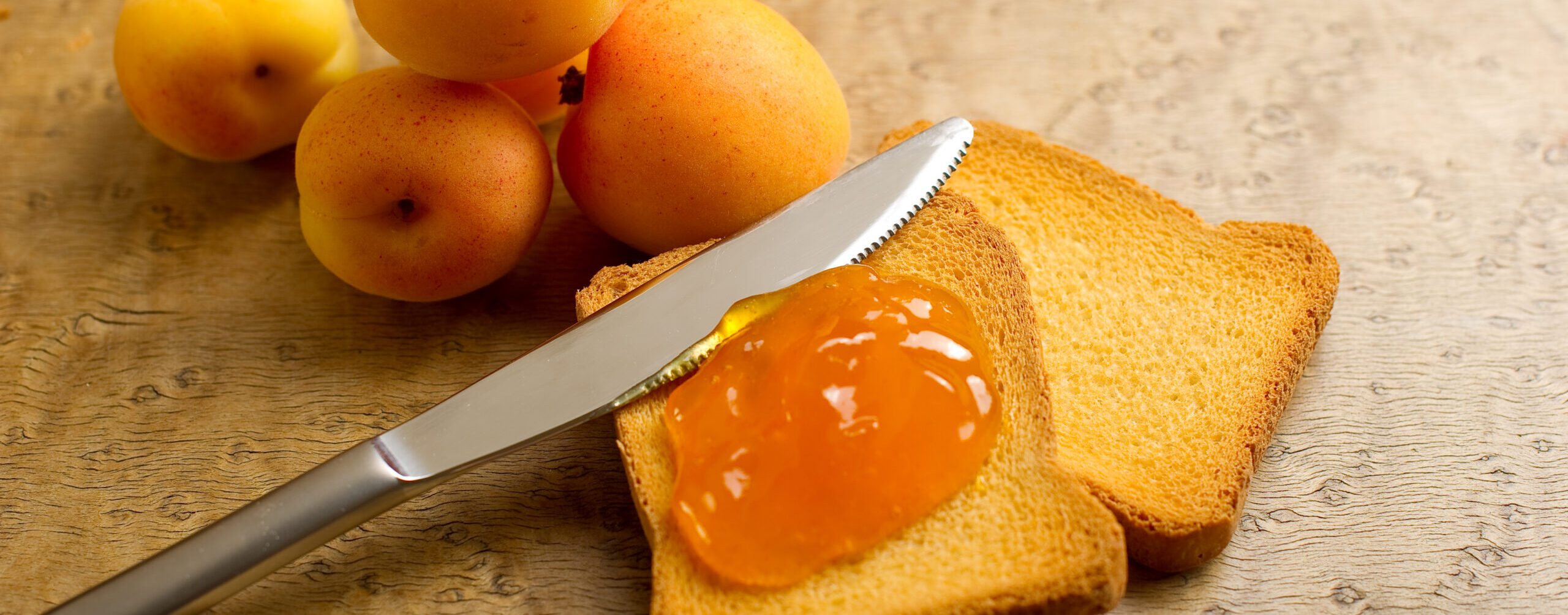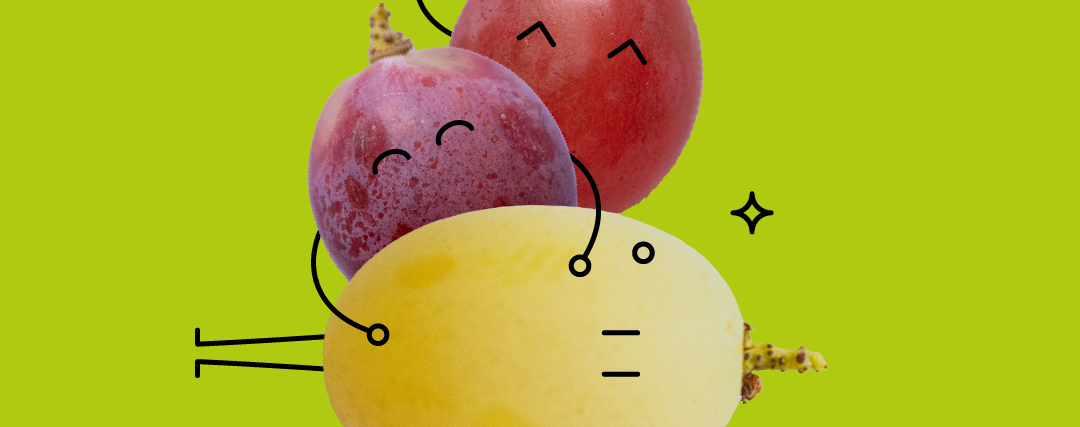Table grapes experienced a stressful 2013, which clearly outlined the market needs for the coming years. The analysis is by Pietro Giacovelli, owner of the Giacovelli Srl company, which in 2013 confirmed a trading of 15,000 tonnes of table grapes, more than 80 per cent of which were traded abroad.
“The agricultural year,” says Giacovelli, “did not favor production of excellent quality, due to imbalances in the flowering and growth phase of the fruit, in particular in plants without advance cover. Secondly, the market has been marked by deliveries that were not up to scratch: in 2012, table grapes destined for processing into grape juice and dumb must fetched very high prices, competing with quotations for fresh consumption. This wake of enthusiasm among producers prompted them in 2013 to minimize field interventions in the field of vinification and bunch care, assuming a second year of profitable conferring in the cellars. But this year, prices cleared in winemaking have reached historic lows, pushing large quantities of grapes with sub-optimal seeds and quality back onto the table markets, with the dual effect of inhibiting consumption and inflating the price.”
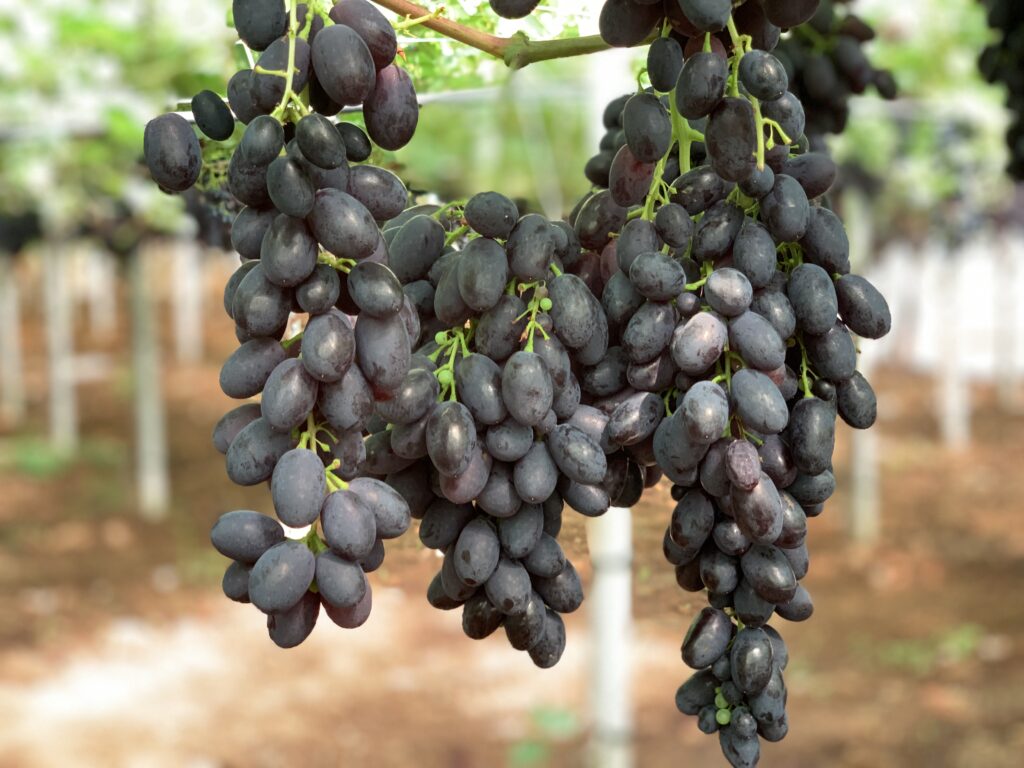
“On the other hand,’ Giacovelli continues, ‘the consumer has reduced the purchase of seeded grapes and concentrated on seedless grapes. Thus, in 2013 the prices of seeded grapes, from Italy to Red Globe, were heavily penalized while seedless grapes (Sugraone, Superior, Crimson, Melissa) realized important volumes and confirmed their value positions, even reaching 30-40% of European market consumption. In recent years, the production of seedless grapes has more than doubled and caused their prices to equal those of seeded grapes, which were obviously penalized in sales. Many batches of Italia grapes were not harvested until the Christmas period but in January due to slow consumption, without ever never recovered the quotas lost in the autumn months.”
“We can assume,” Giacovelli concludes, ”that the debacle of a few decades ago of varieties such as Pizzutella and Regina, which have now become niche products, will be repeated in the coming years with the Italia and Vittoria grapes. In a future of many years of crisis for producers of seeded grapes, I hope that they will rebuild a niche market to satisfy those consumers in search of the Muscat taste that only the Italia grape can give, but above all resign themselves to the idea that, as abroad, the major slice of the market for the next few years will be occupied by seedless grapes.”

